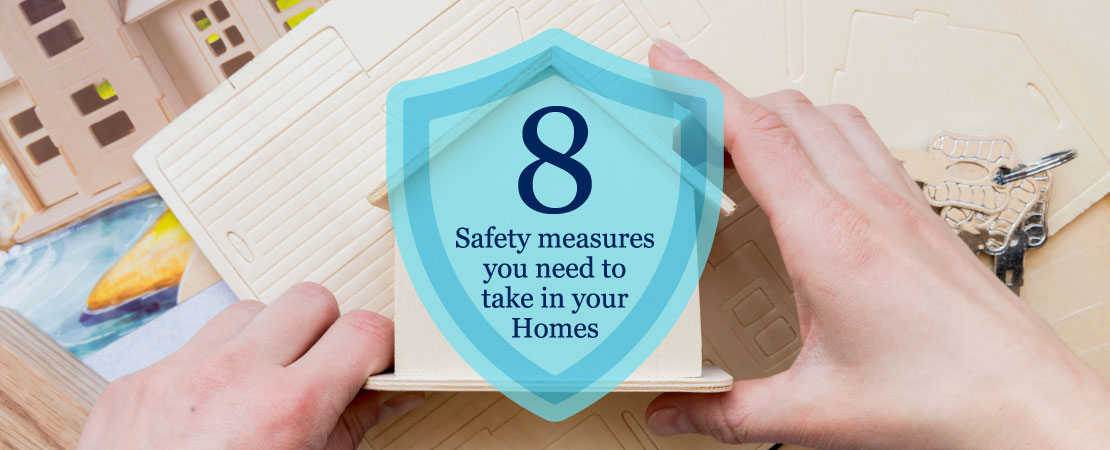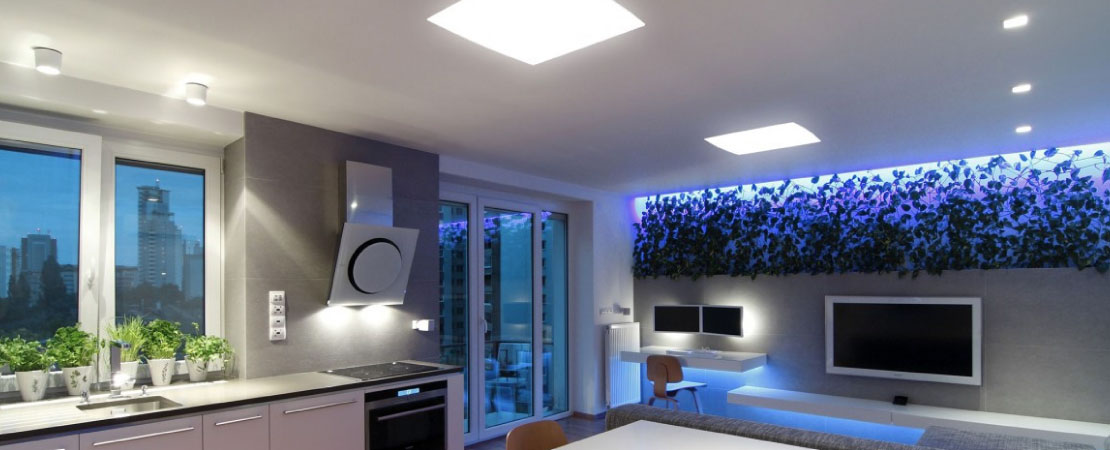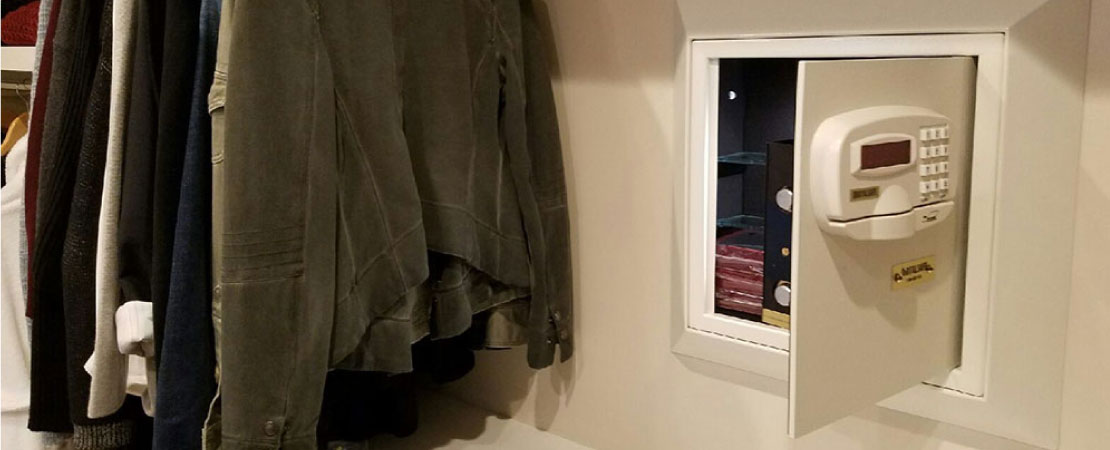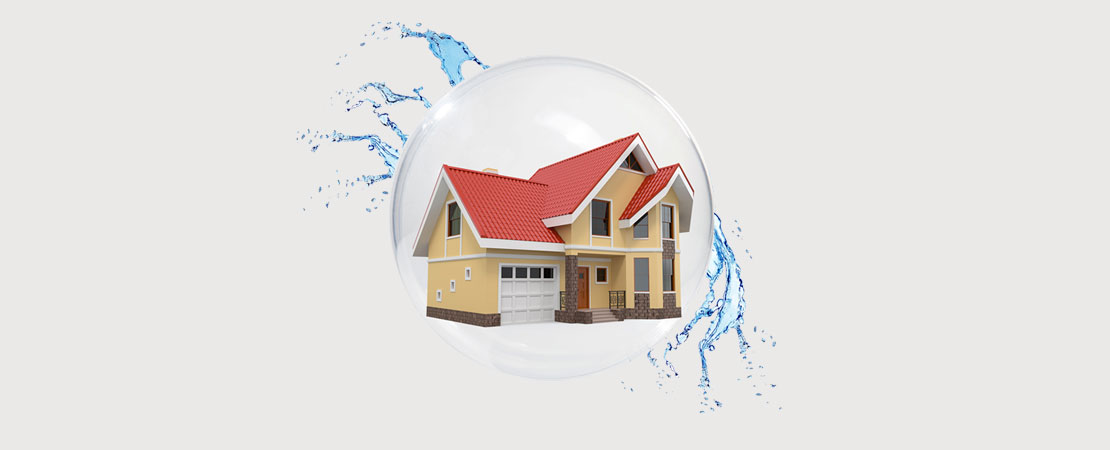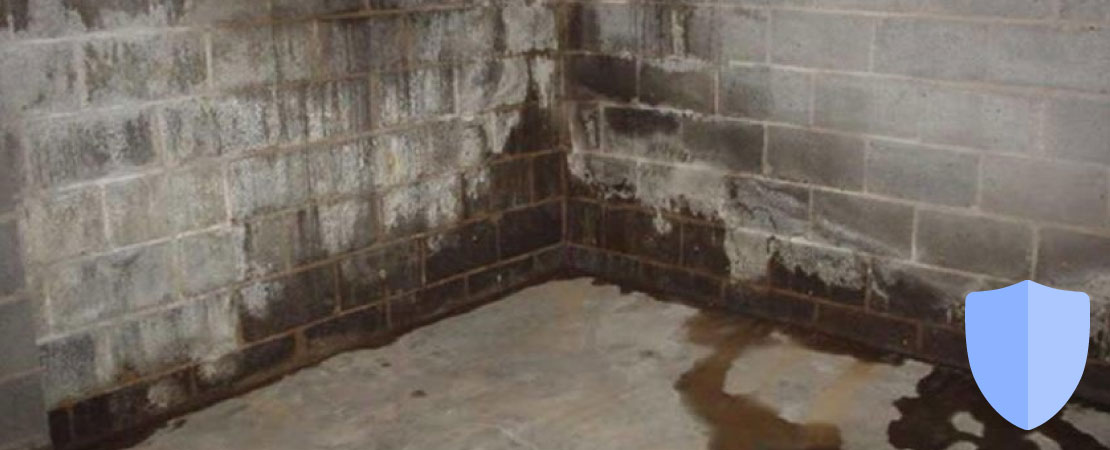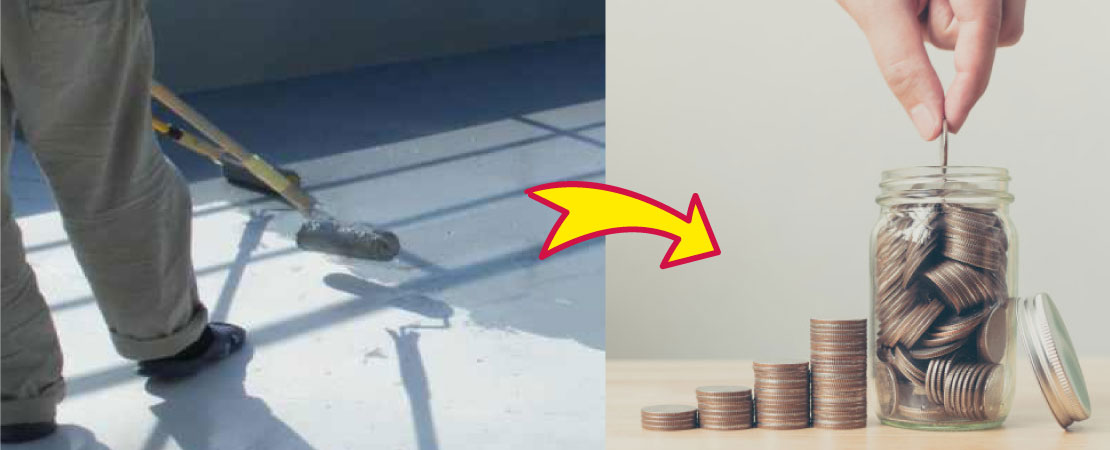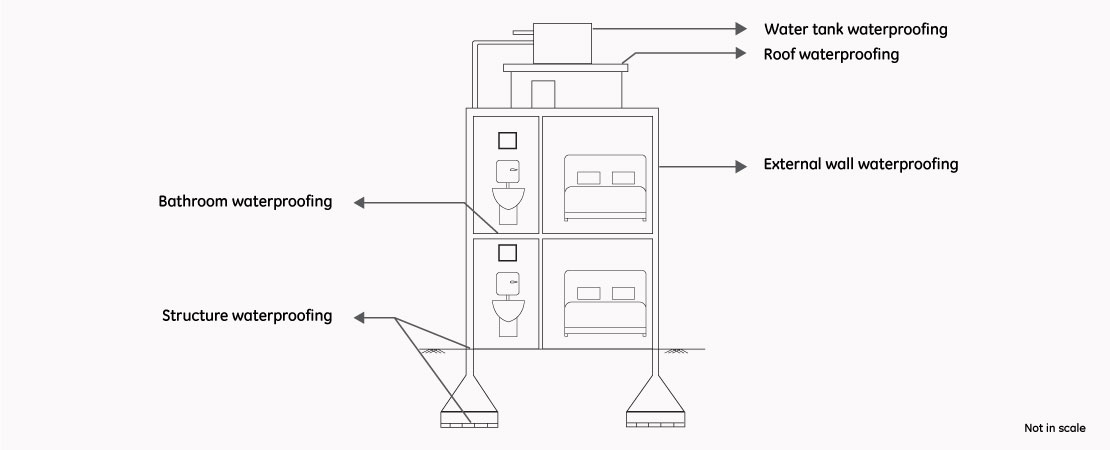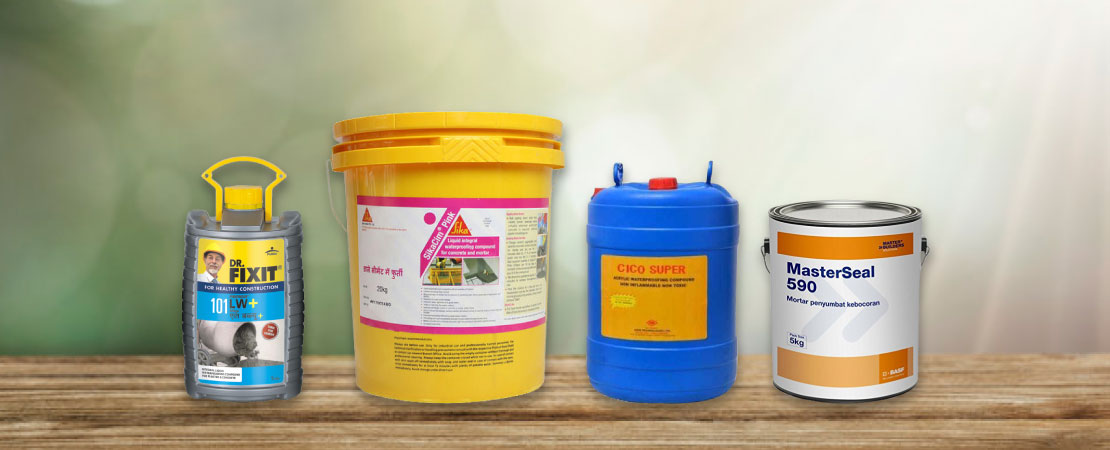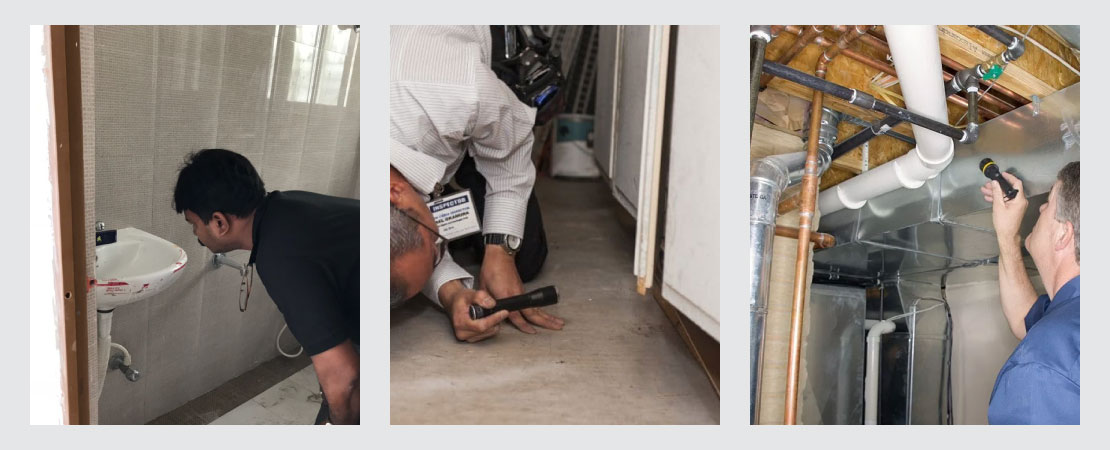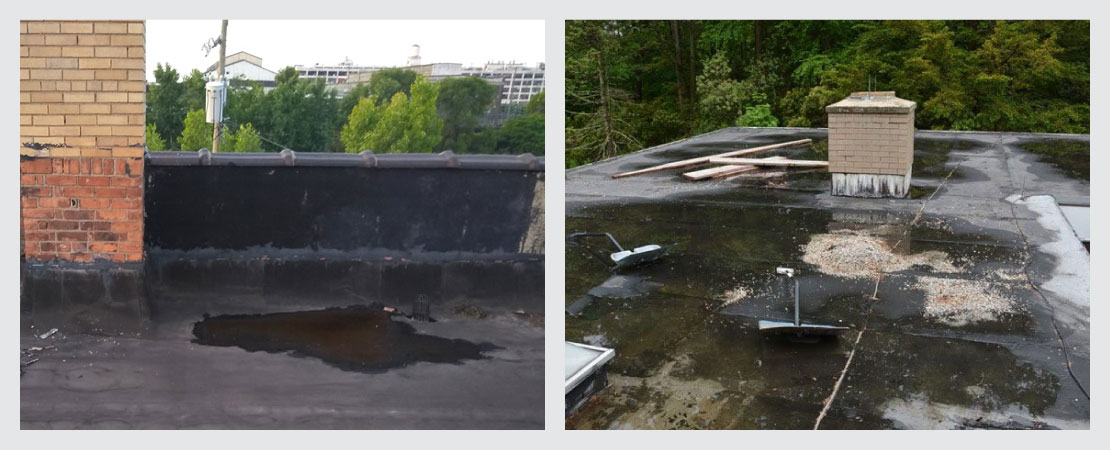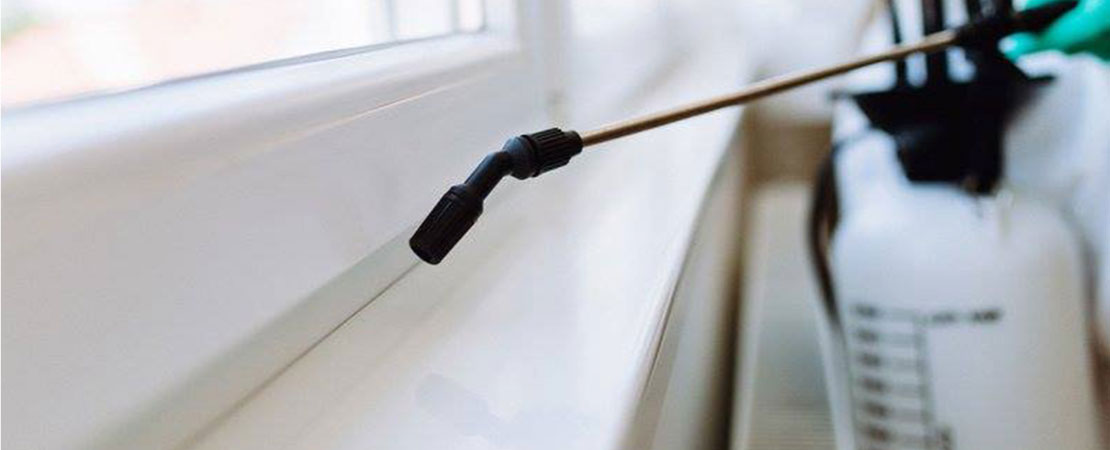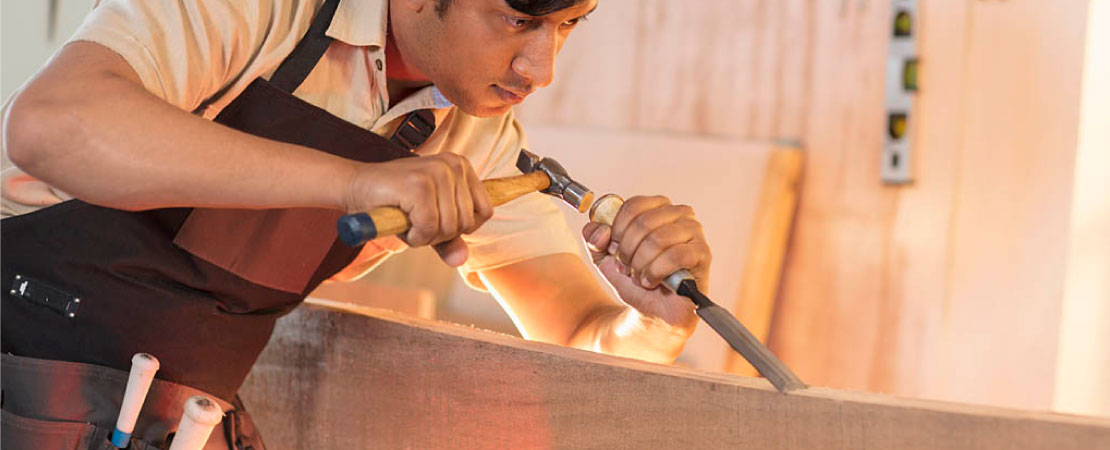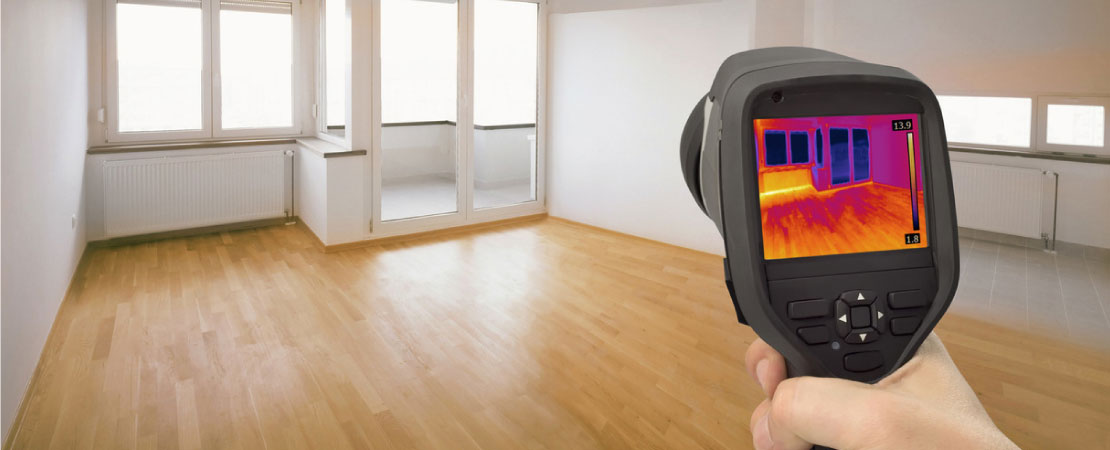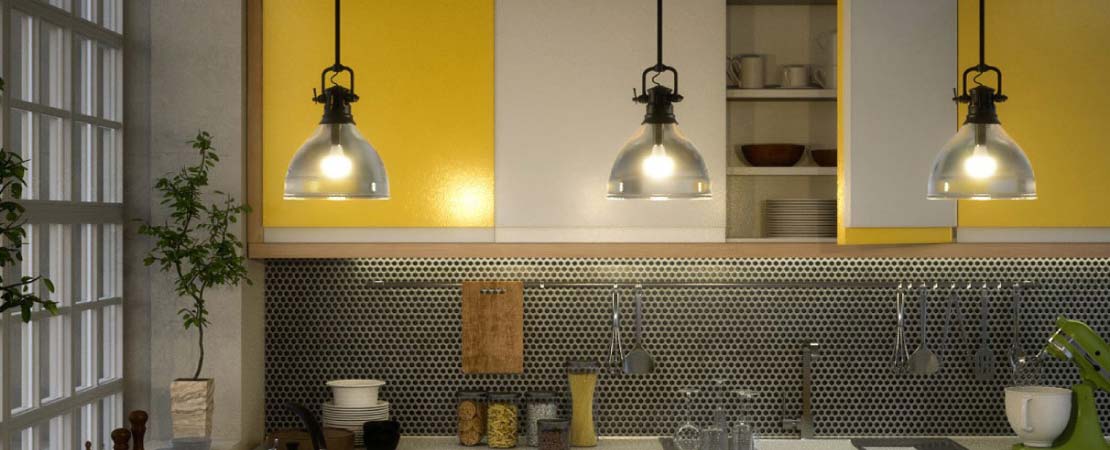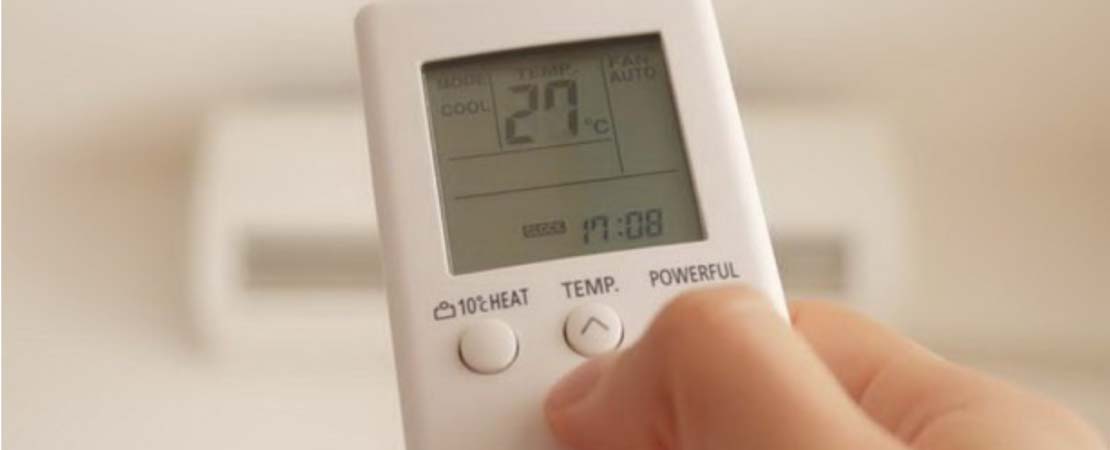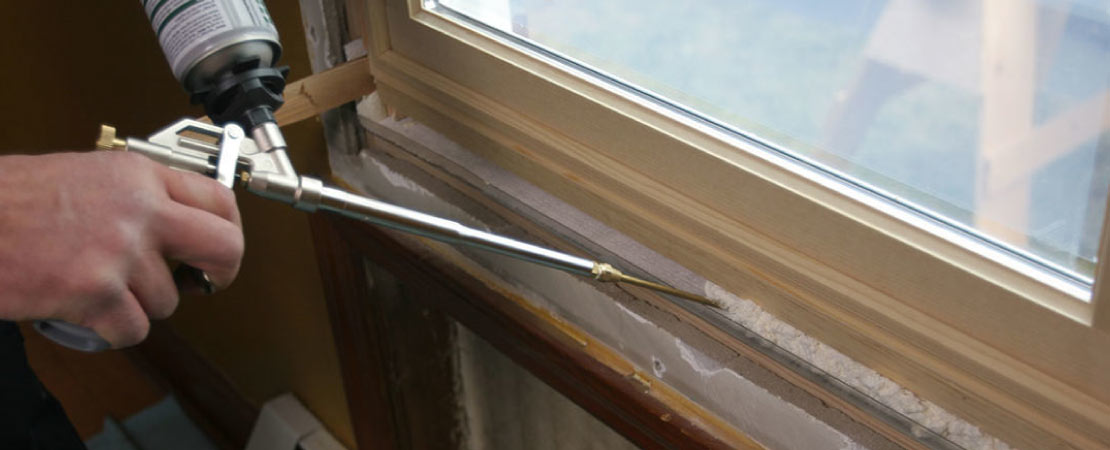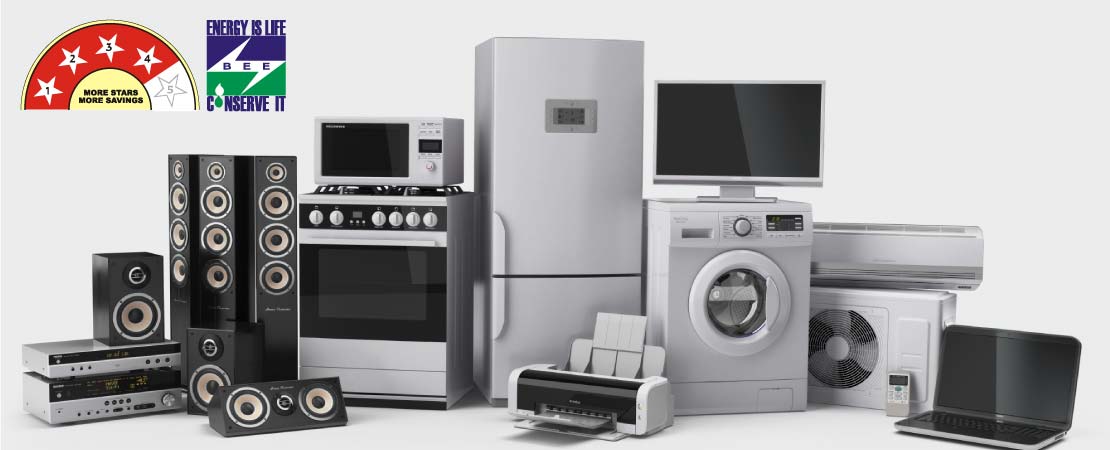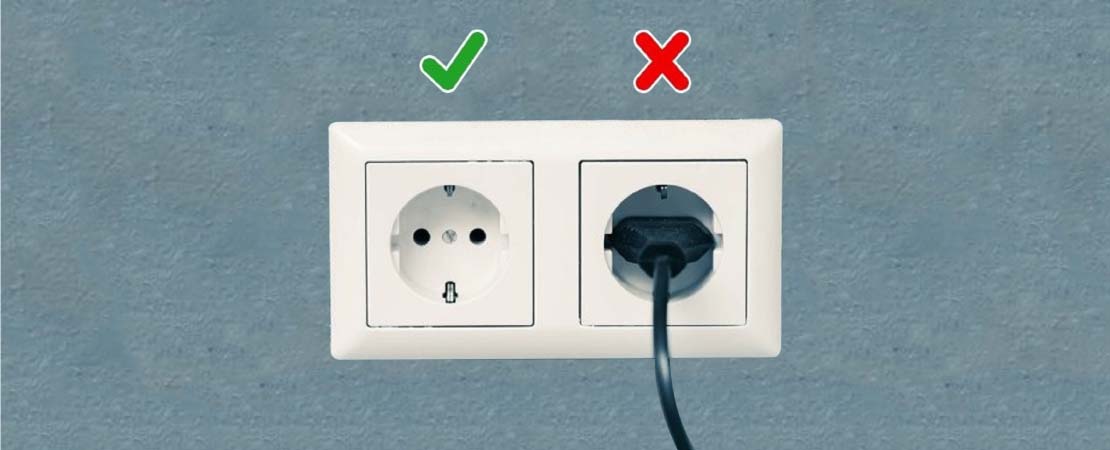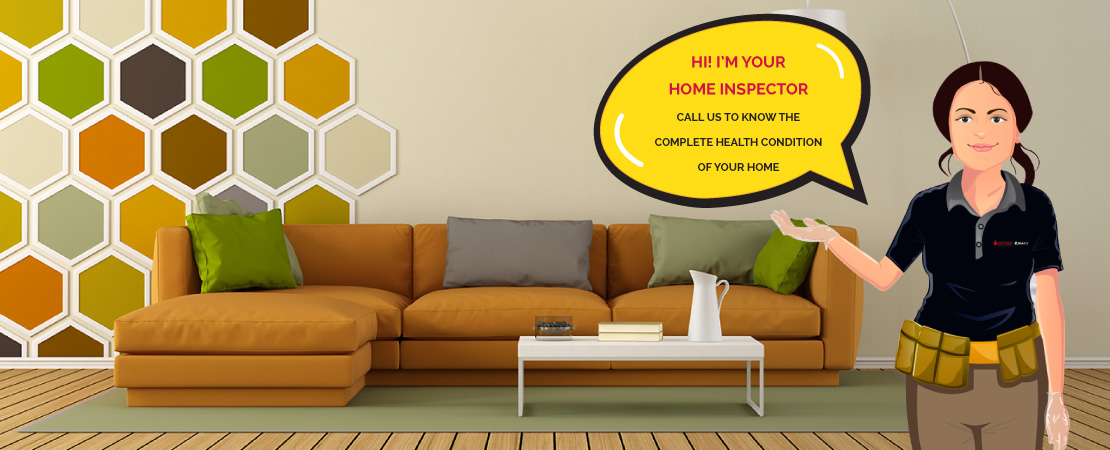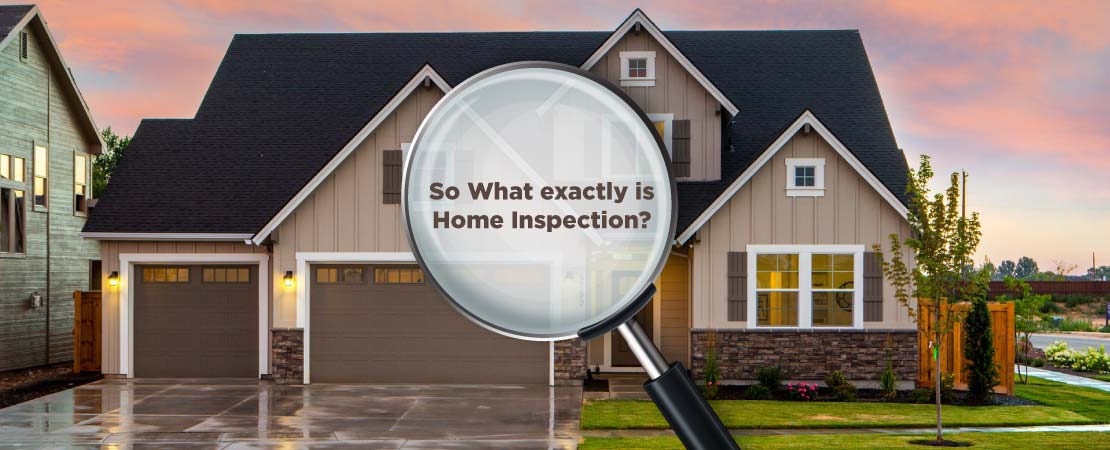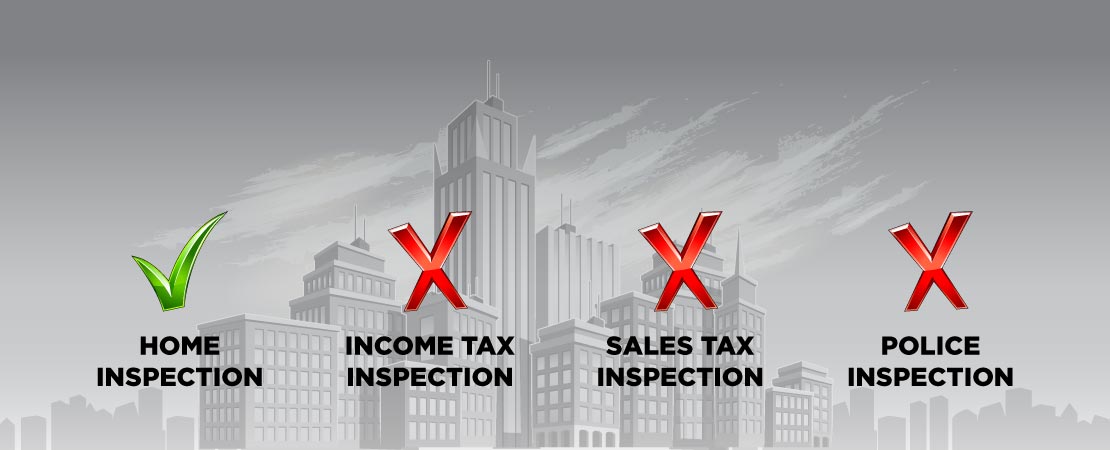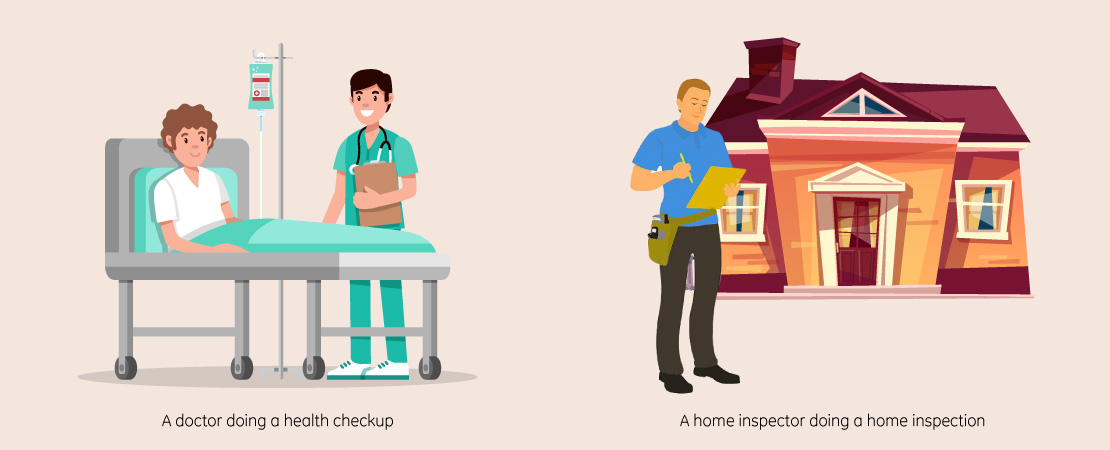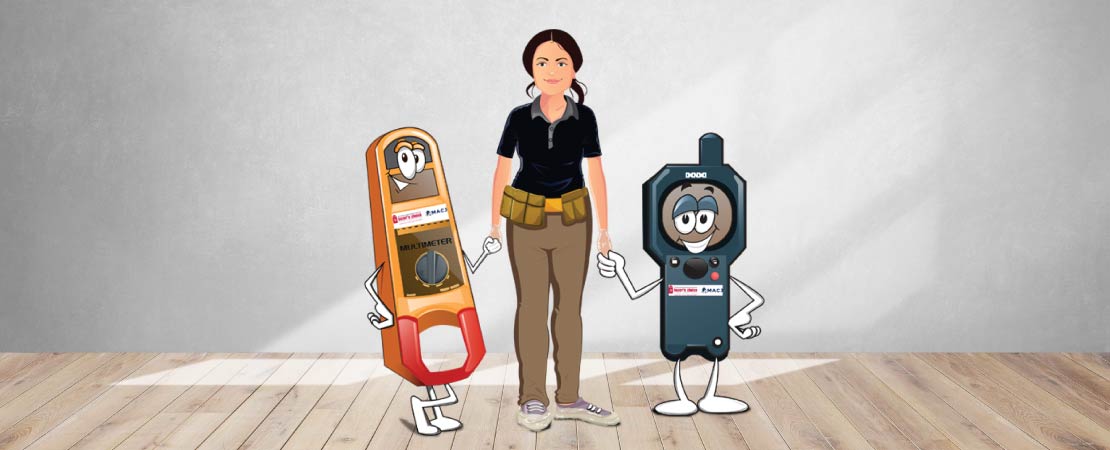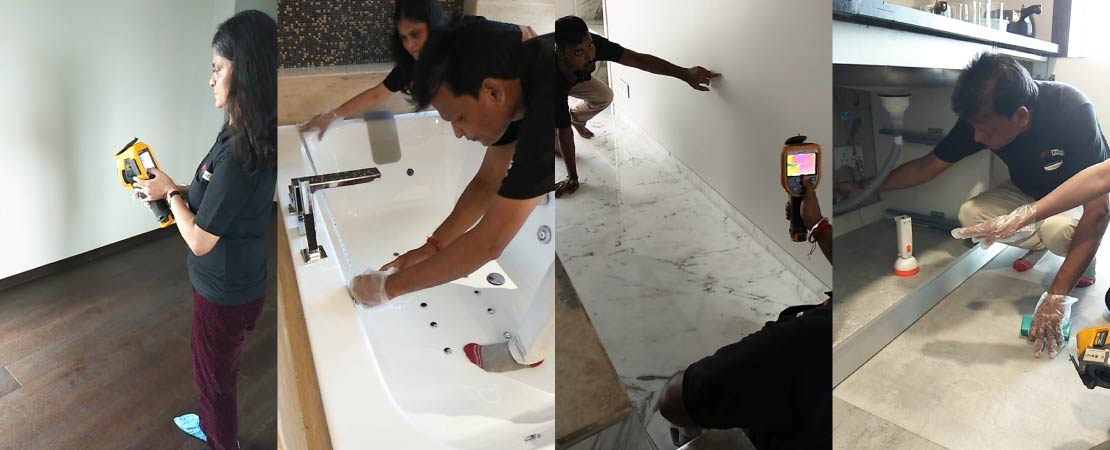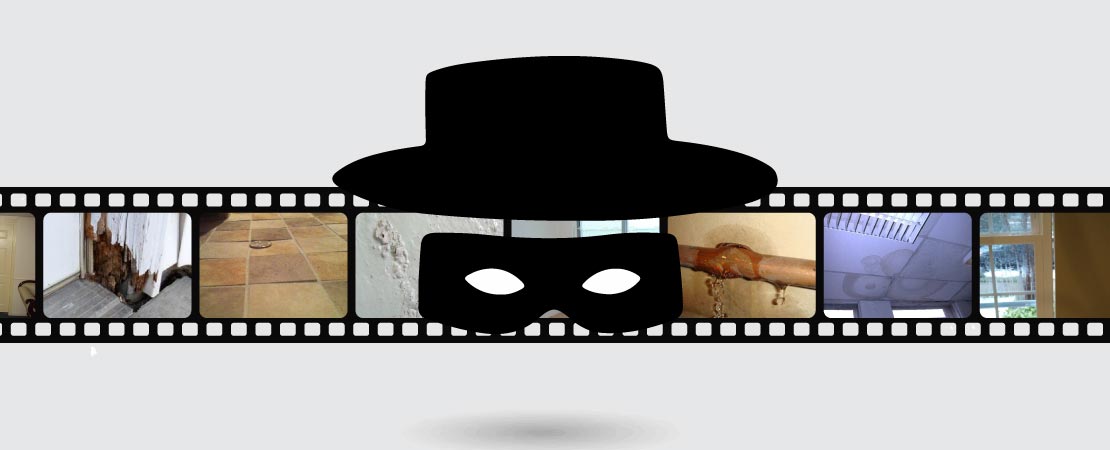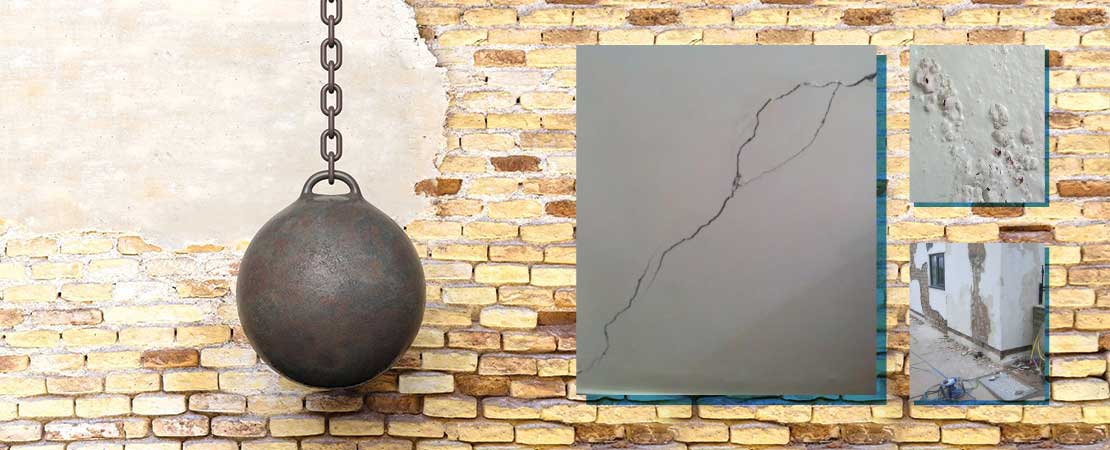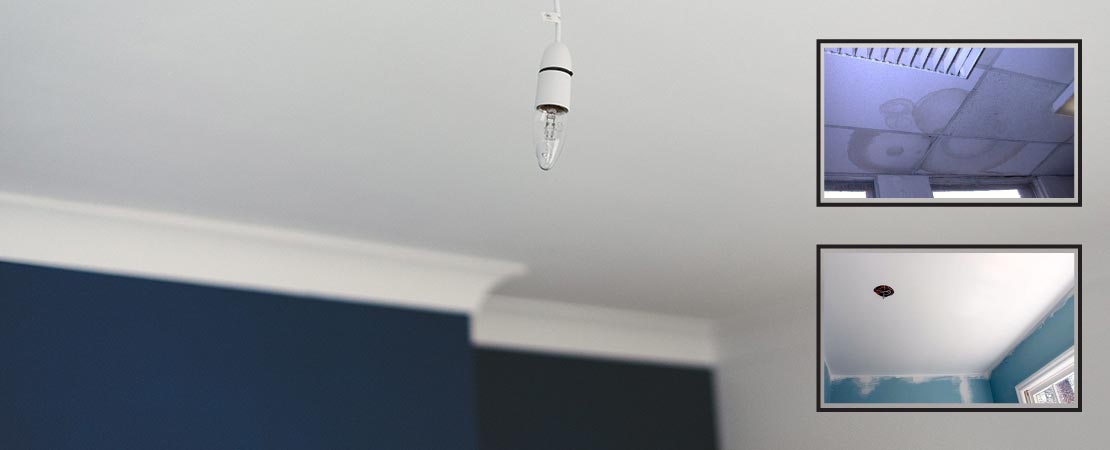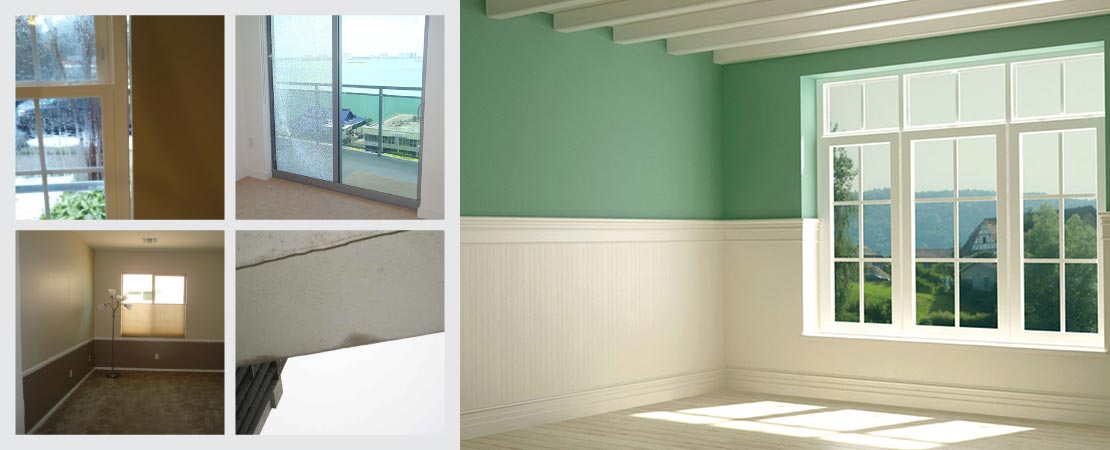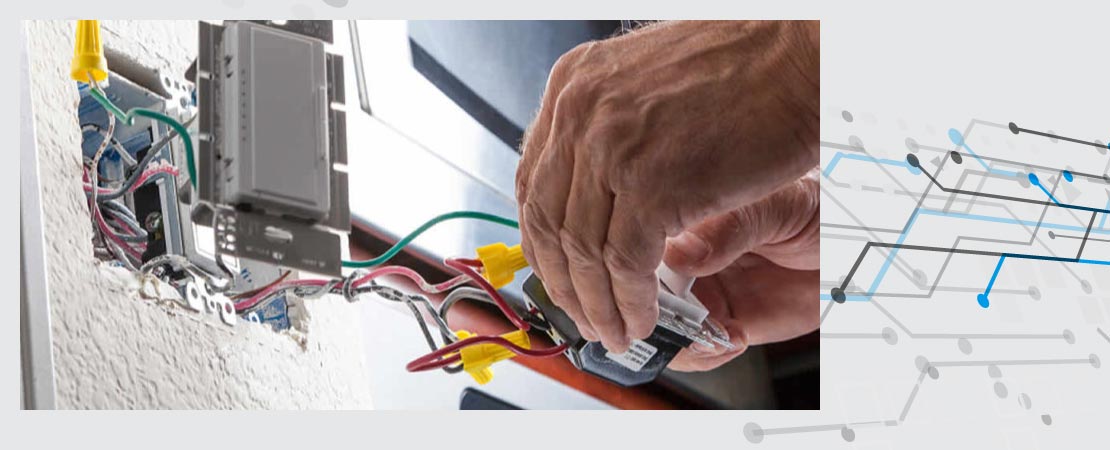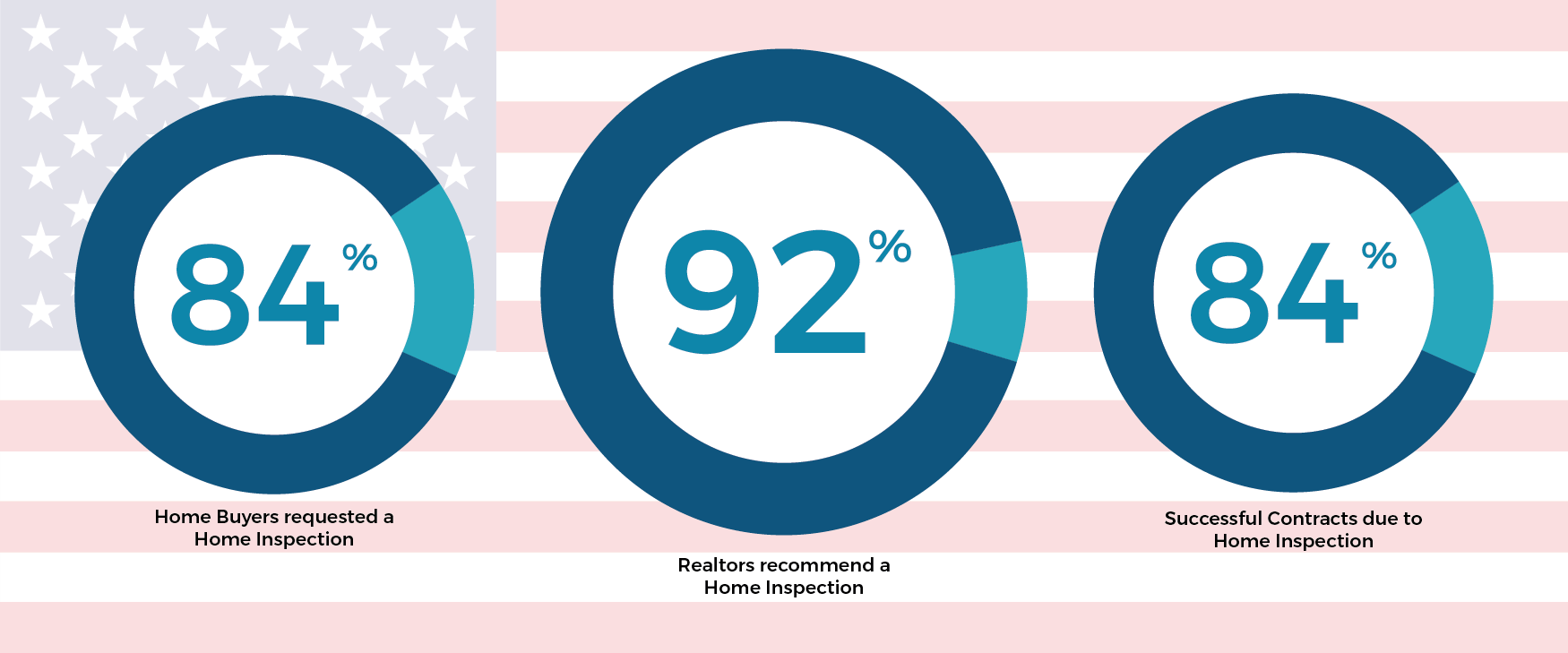NRI investment in India’s real estate property market has risen over the last three years. Post implementation of the Real Estate Act (RERA) in 2016, things are finally looking up. Now, there is regained price stability in the residential property market. Further, backed by lucrative rentals and somewhat flexible lending policies, investments are again back on the track. However, if you already own a property in India, you would know that managing the property while living in a different part of the world / city is not an easy task!
Until recently, NRI homeowners would entrust the duty of managing their properties in India with traditional brokers. The brokers with little knowledge about homecare would only repair or repaint a house when the homeowners’ return date was near. They never bothered to look beyond the superficial damages of the house. As a result, the condition of the property would deteriorate forcing homeowners to make a hurried comeback to sell it off. Mounting legal issues related to tenancy and other outside factors would also wait for them whenever they made a homecoming plan.
Nowadays, there is a shift in practice. NRIs are now seeking the expertise of professional homecare management companies to take complete care of their properties. They are now realizing that homecare is not just about supervising and superficially repairing the damages in a building. It includes a whole set of services that allow the inmates of the house to live safely in it. Home and property care, in a true sense, can be the key to achieving a better quality of life in terms of safety, security and health.
Here are five good reasons why as an NRI you too must opt for a complete property management solution for your India home instead of engaging a broker or a liaison:
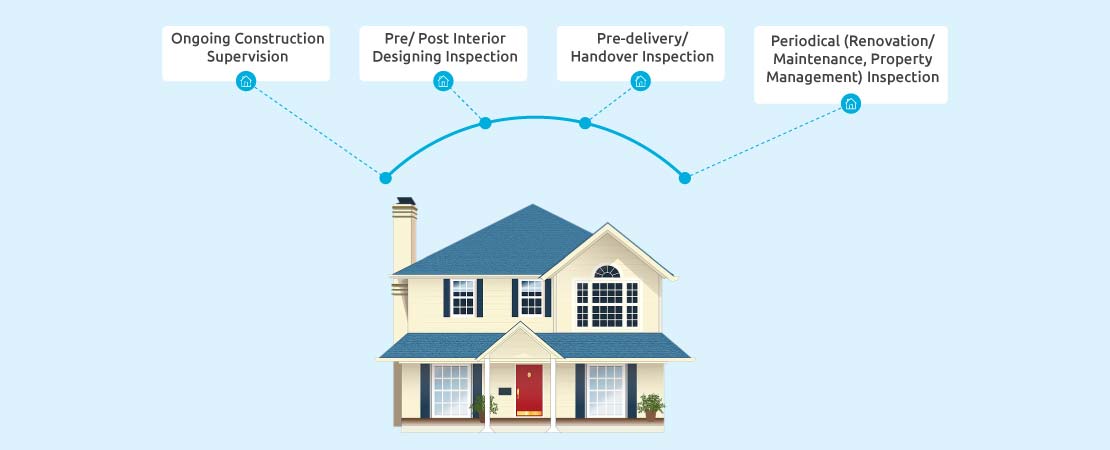
1. Onsite, dedicated property management
Owning a property and taking good care of it are two different stories. There are a thousand hassles to deal with on a day-to-day basis. You have plumbing problems to solve, broken roof and leaky ceilings to repair, flaky walls to re-plaster, weeds to remove from the terrace and adjoining areas, rent to collect from the tenants, taxes to pay on time, and so on! It is impossible for you to do all that while living in a different country altogether.
Gone are the times when you could entrust the duties on a friend or a relative. That person would visit your house at regular intervals and do the chores for you. Today, everyone is busy and it is not possible for anyone to take care of someone else’s property in a dedicated manner. Also, you cannot bank on that person’s knowledge level of property care.
For instance, you cannot expect him to know that a mouldy, wet patch on a wall is due to a deeper and more serious problem like damp. There can be leakage/seepage inside the fabric of the building which may need an urgent waterproofing. But since it cannot be diagnosed from outside, it remains largely unresolved. Every year, during monsoon, the situation keeps worsening leading to huge financial loss at a later stage.
Engaging a property / home inspection company can address such a gross lack of care. They send their team of experts to our house. The experts conduct in-depth damp/seepage assessment periodically, using advanced technologies like thermal imaging and share detailed reports and images with you via email. Based on their assessment and suggestions, you can get the required repairing and waterproofing done in a timely manner.
The inspection can cover all the elements of your house including the wall, ceiling, floor, doors, windows, plumbing, electrical, etc. Besides, you can also highlight concerns on any specific issue regarding the property and the home inspectors will pay attention to it.
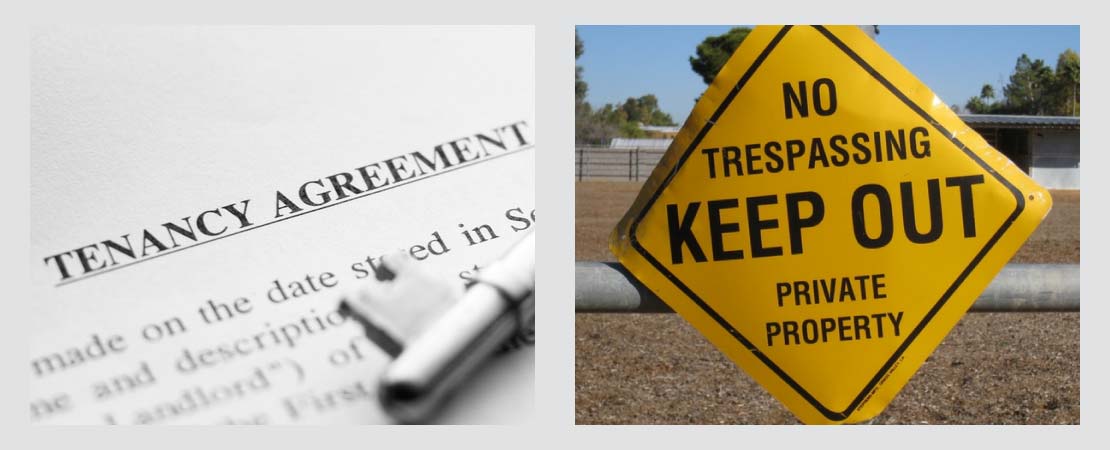
2. Prompt handling of tenancy and encroachment problems
Leaving a property vacant and unattended for long can give rise to several problems. Some damages can go unnoticed for days, valuable items can go missing, and fines may be levied on your bills due to the delayed payment. In worst cases, squatters may move in pretending to be your tenants or new owners! To save your property from any such damage and miscreants it is better to rent it out to people matching your criteria.
By hiring a property management company, you can easily get in touch with interested parties matching your criteria. The company advertises your property, helps you to shortlist tenants, and also provides you with drafting assistance for standard rent agreement. Once rented out, the company collects the rent on your behalf and manages renewals from time to time.
However, if you want to keep your house vacant but secured from encroachment, you can also opt for fencing or any other safety measure. The property management service provider makes the necessary arrangements.
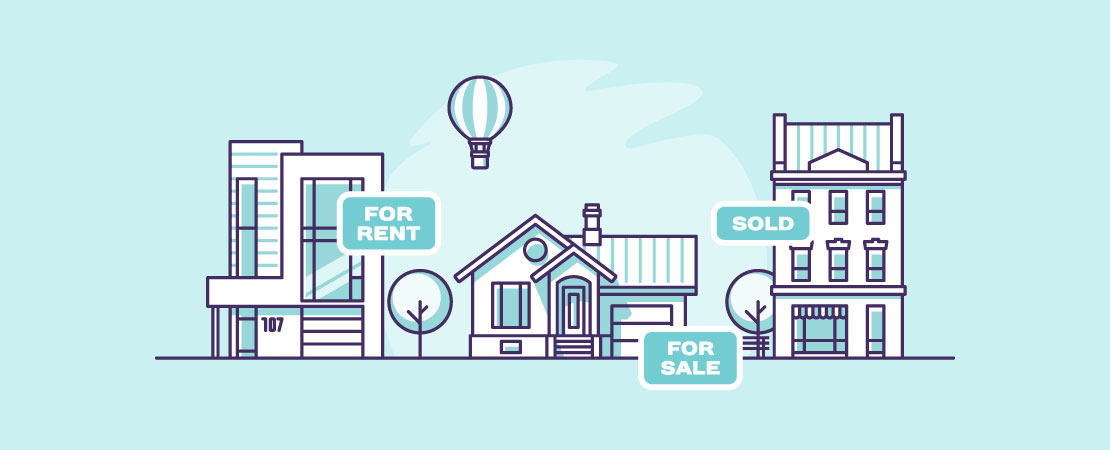
3. Buying/ selling/ advertising assistance for your property
One of the recent The Hindu BusinessLine report noted, “They (NRIs) are not coming home as much as buying homes.”
NRI investment in India’s real estate sector stands around 30-35 per cent of the total NRI remittances. According to a World Bank report, the country received US$80 billion in remittances in 2018, out of which nearly US$13 billion worth of investments were in the real estate sector.
So, it totally makes sense of you to be in the big league of NRI real estate market investors. But, are you aware of the nitty-gritty of buying a property in India? Or, if you are wearing the hat of a seller, do you know how to go about selling a property as an NRI?
Buying or selling properties requires a huge amount of research and paperwork. It is impossible for you to manage everything from abroad. If you hire a home / property care management service it provides you with a 360-degree solution for your property buying / selling needs.
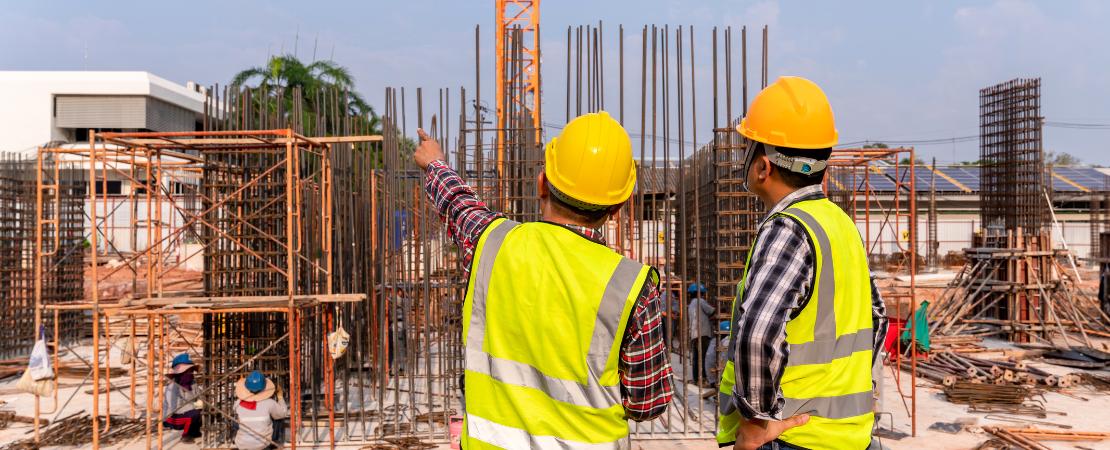
4. Supervision during construction is critical
While buying an under-construction property it always helps if you are able to visit the site in person. But if you are an NRI you cannot do that. In that case, the property management companies fill the gap.
The property managers get down to guiding you from the very start of the building construction. They visit the site and keep updating you about the progress at each phase. They also send you photos and video clips for your ready reference from time to time. They constantly coordinate with the developer for any ongoing rectification and take proactive participation in property financing and legal matters and any kind of documentation.
Additionally, some renowned property care management brands such as MACJ also provide you with references of interior decorators and other vendors. You can check them and plan your next steps conveniently.
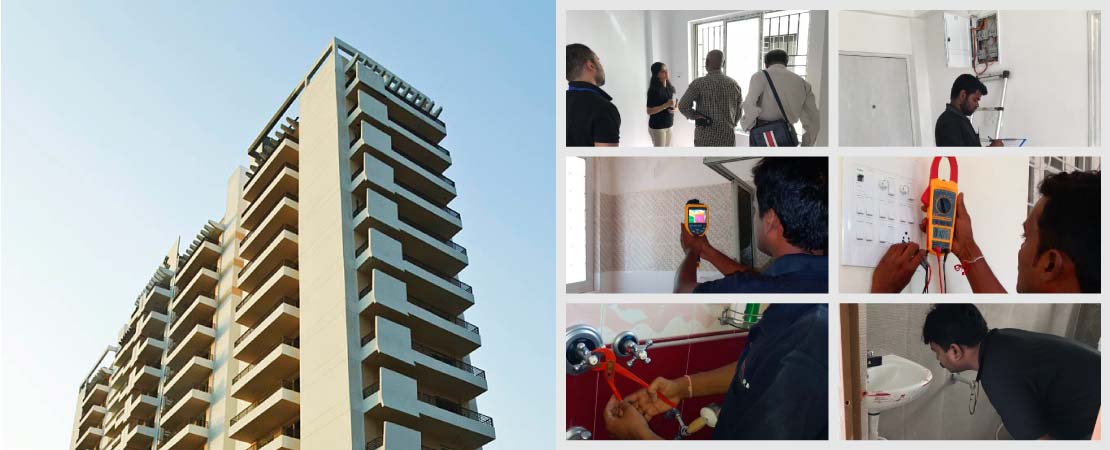
5. Ensuring if your property is ready for moving in
Trust deficit with builders is a big issue in case of NRI property investors. If you are not knowledgeable enough about construction, chances are that you will be cheated by your builder before the handover and you will not know! You will only start to discover the faults once you have moved in and that will add to your cost and frustration. To avoid that, it is important that you get your property thoroughly checked by a team of professionals.
The property inspection company inspects the completed property, reports any visual defect to the developer as well as to you and gets it repaired before handover. After that, you can safely move in to enjoy a peaceful stay at your new home.
Owning a property in your home country is a great thing. The property not only serves as a good source of income by grossing decent returns but also gives you a sense of security for the later years of life. However, if you cannot manage it properly, you end up losing more than you gain. So, catch up with the changing trends. Do not let time and ill-maintenance erode your asset’s value. Go, opt for a complete property care management solution and enjoy a stress-free homecoming every year.
For details you can also refer to www.macj-abuyerschoice.com/complete-property-care-for-nris-cccs


